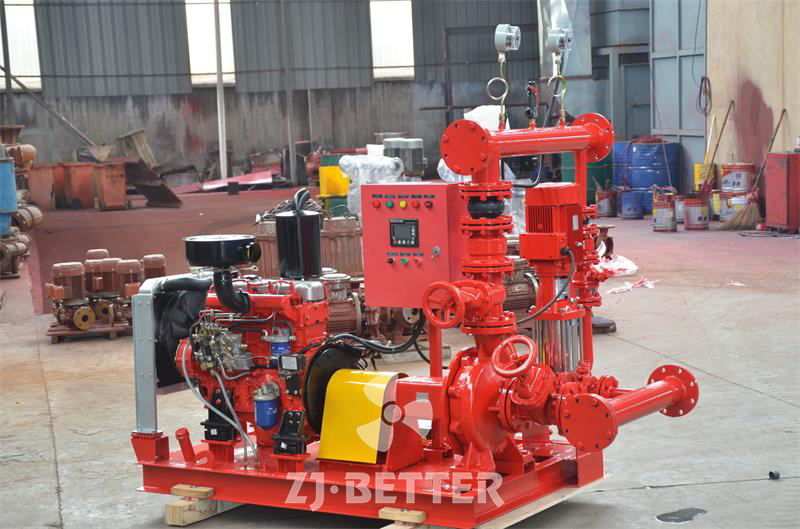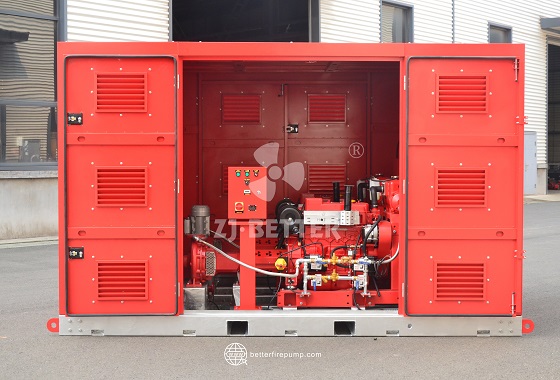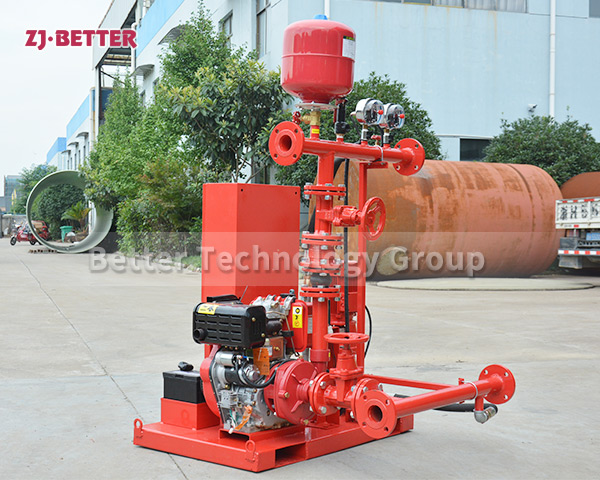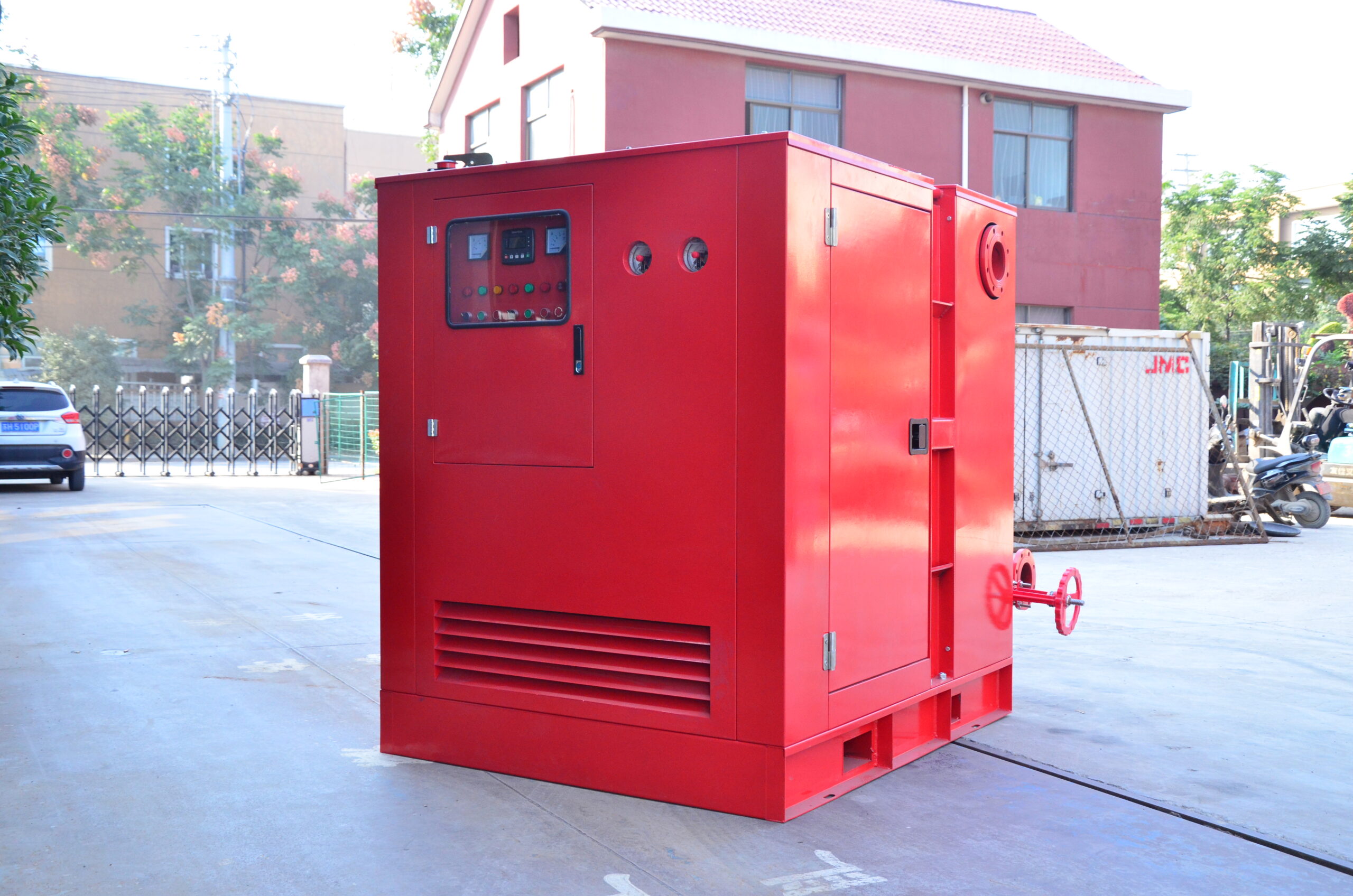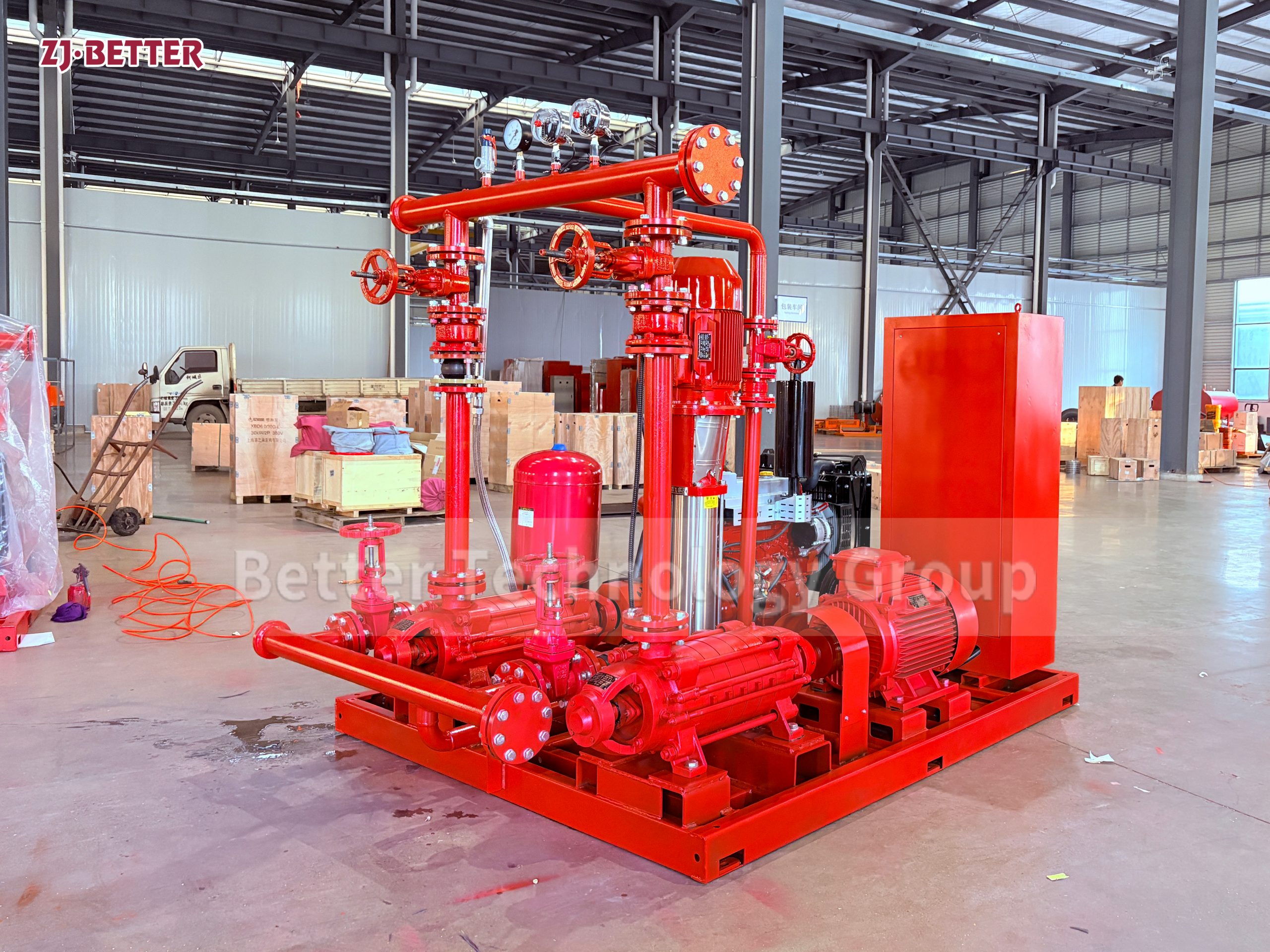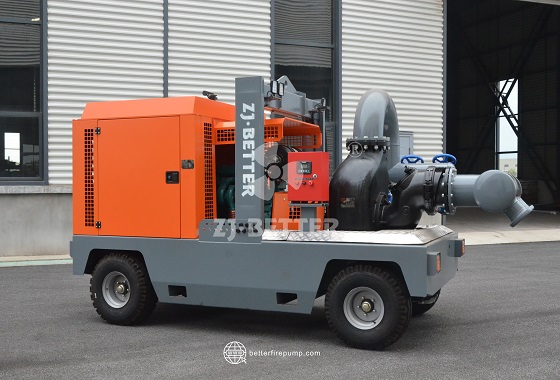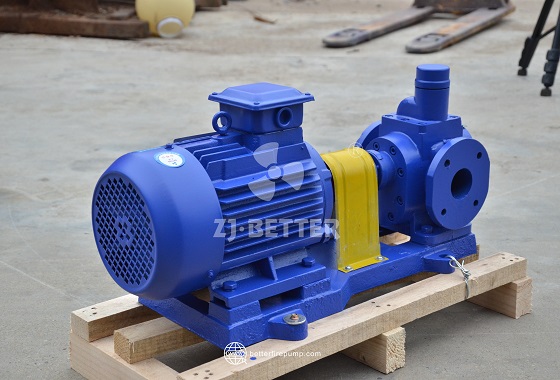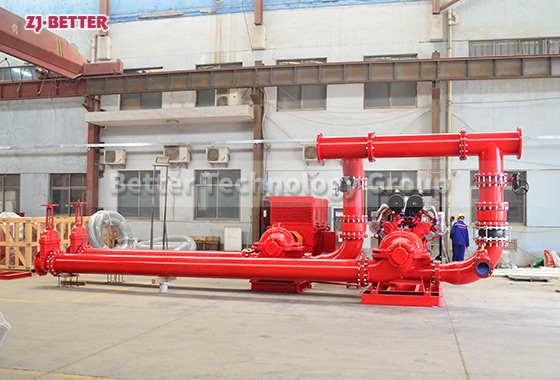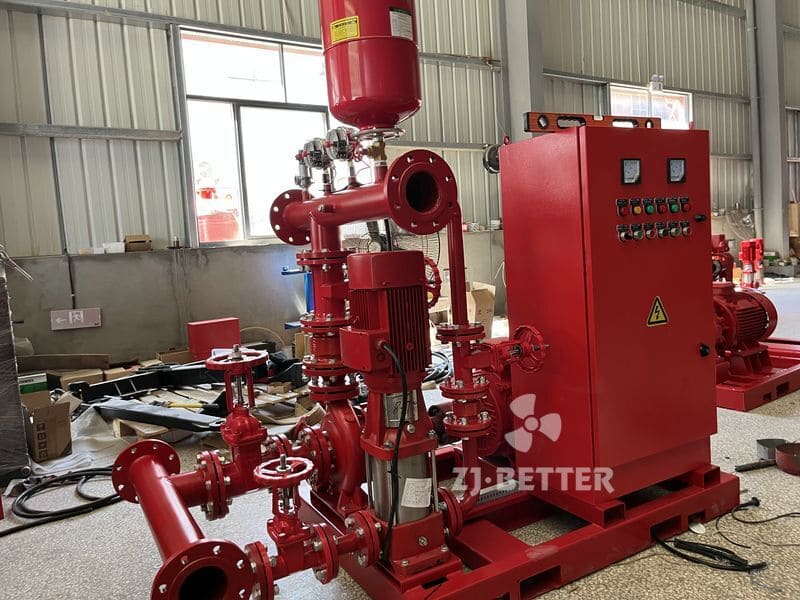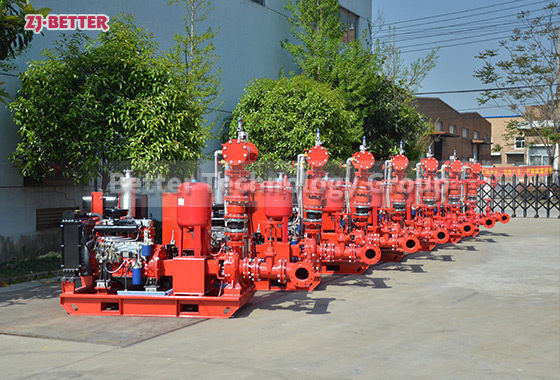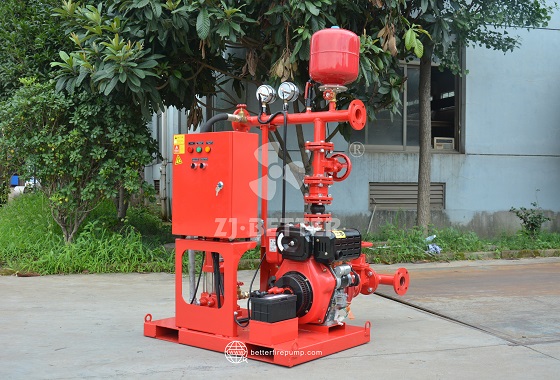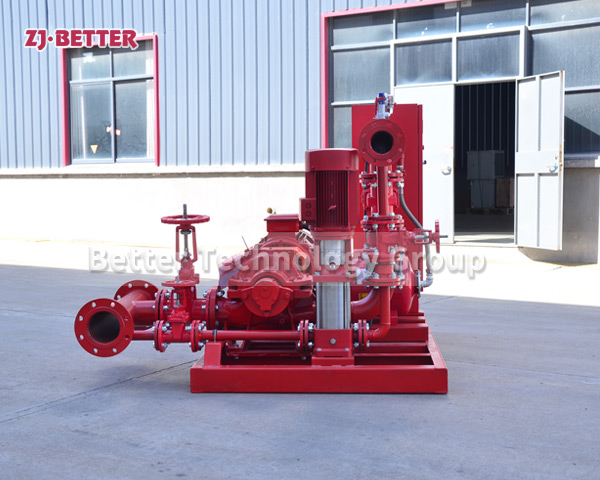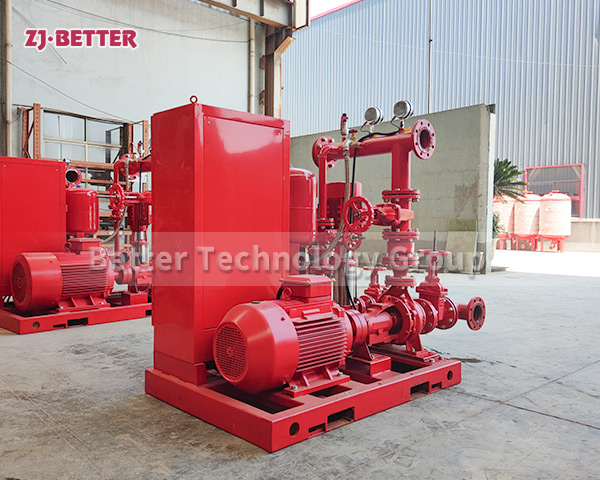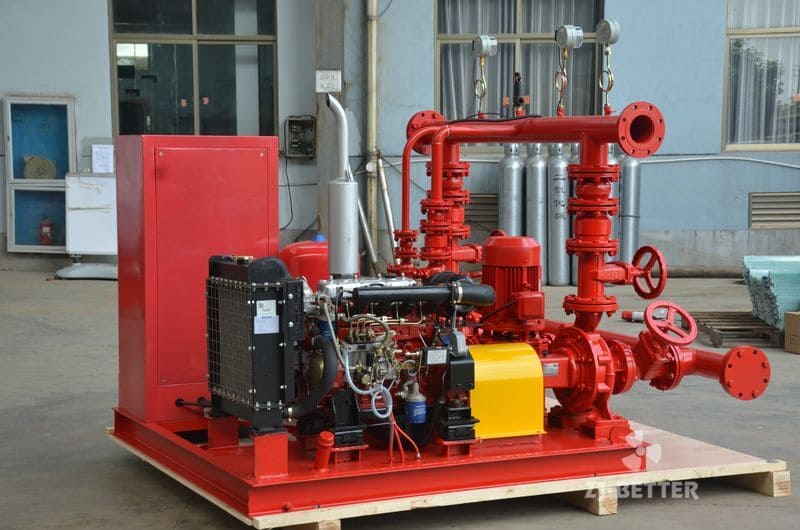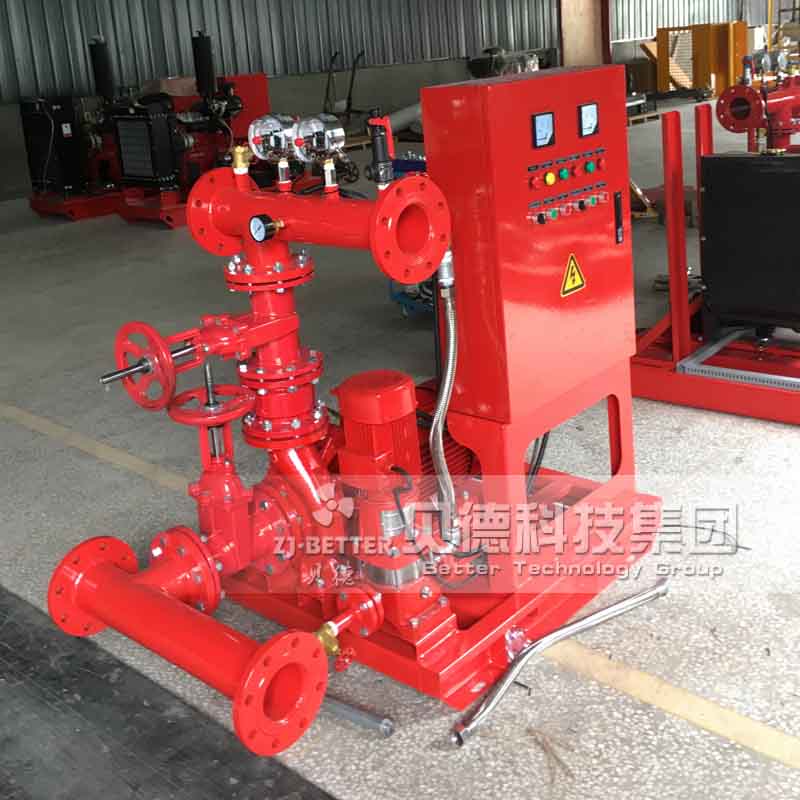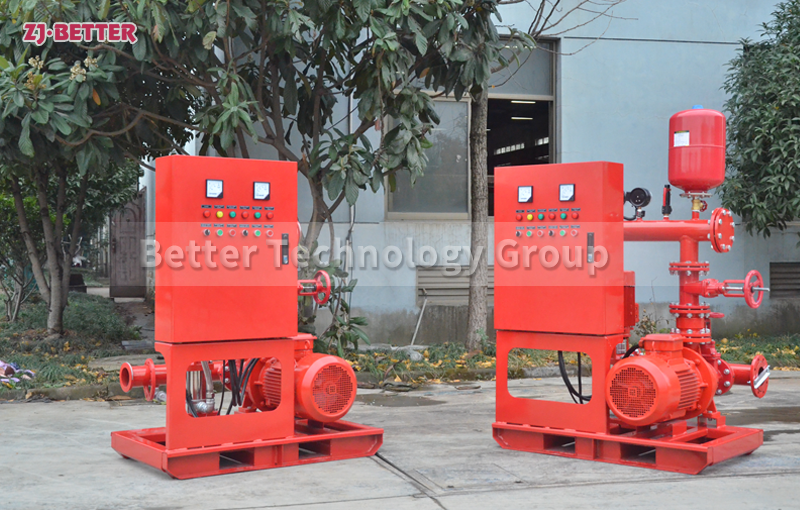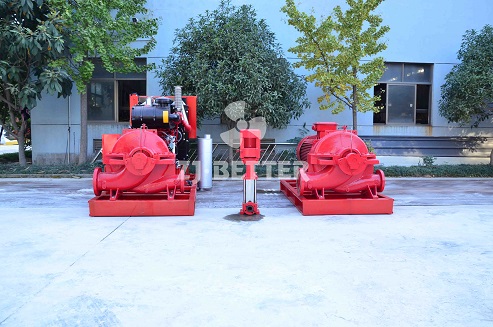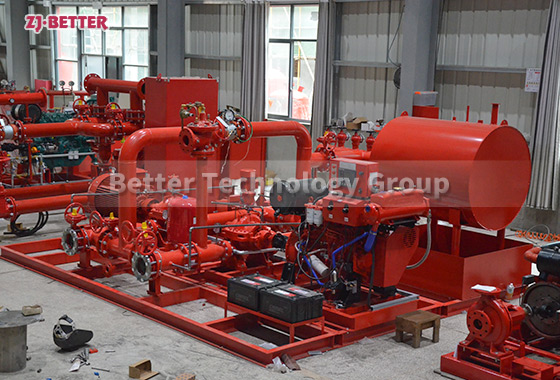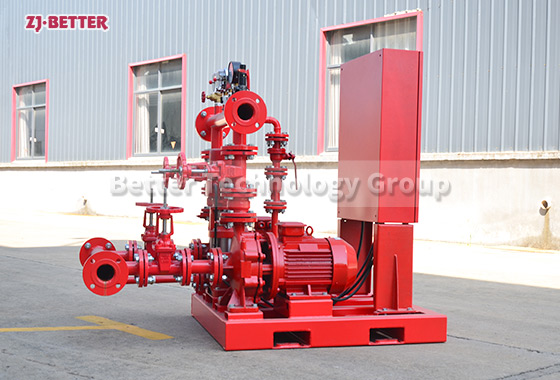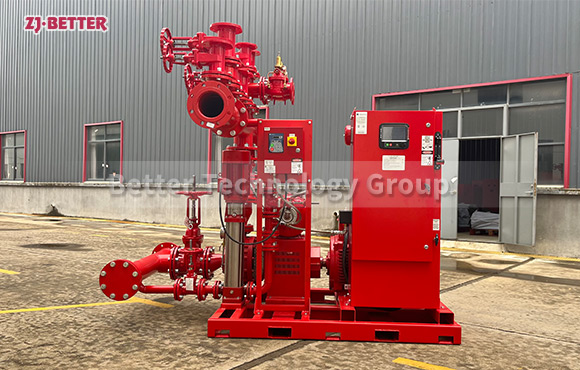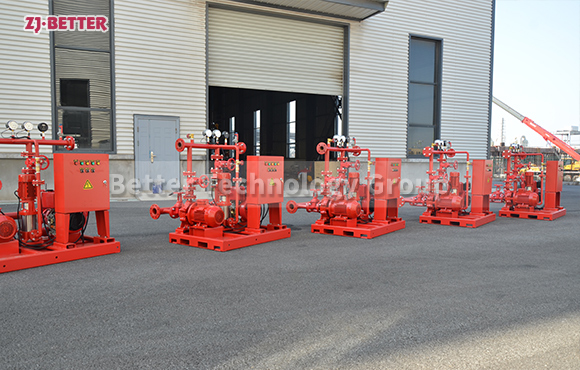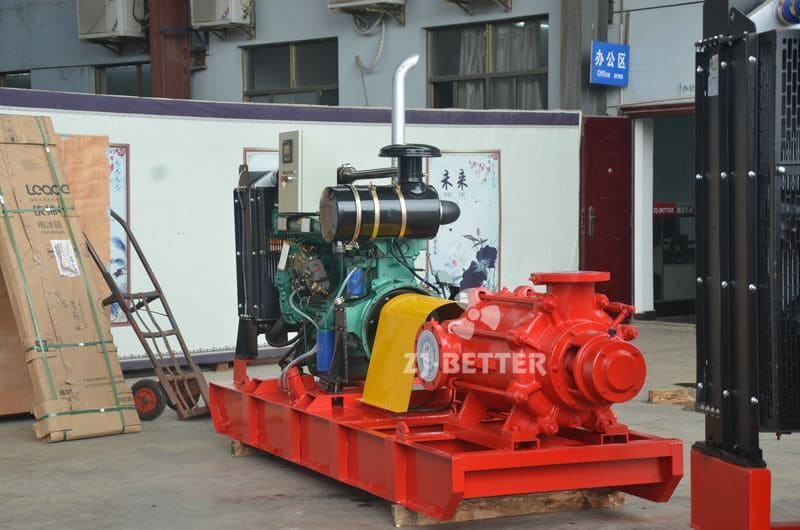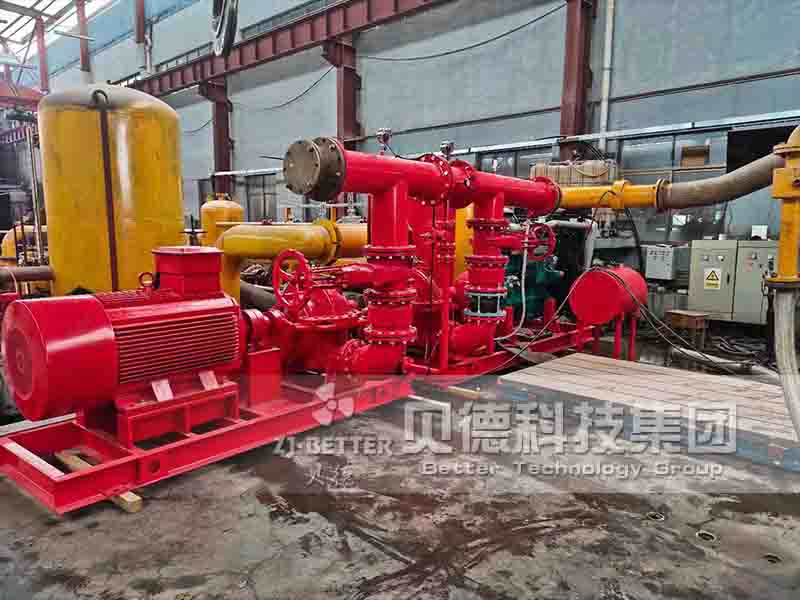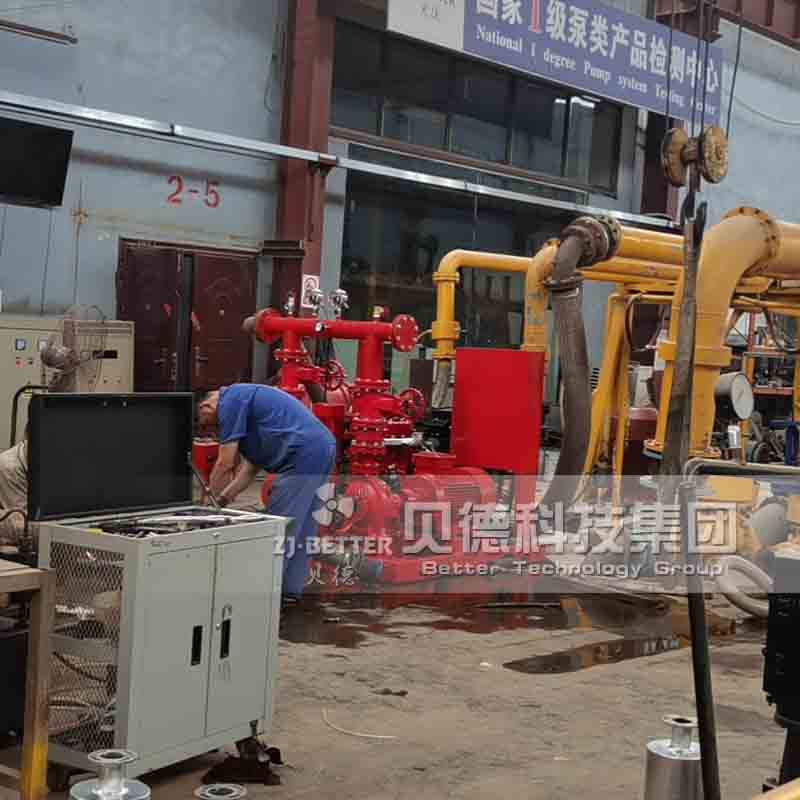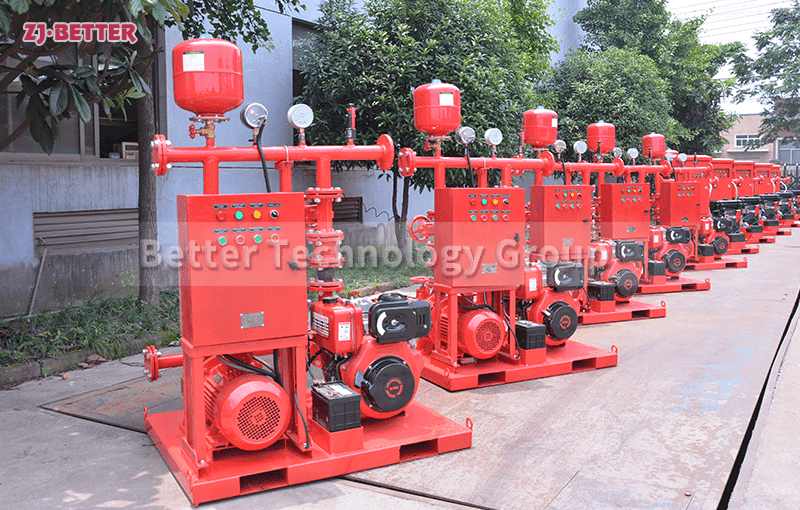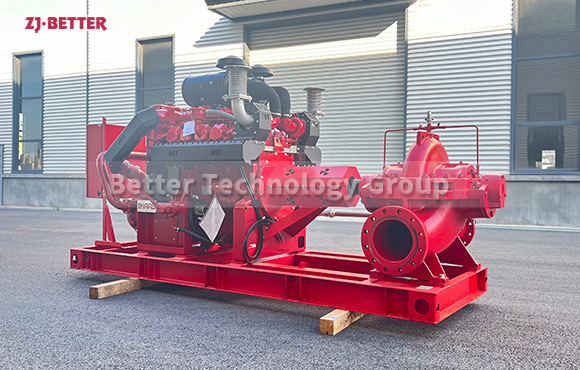Diesel Fire Pump Set
Diesel engine fire pumps are relatively common in life, and their performance requirements are relatively high. In ordinary use, more attention should be paid to maintenance, so as to prolong the service life of the pump. Because diesel fire pumps are not omnipotent, there will be some problems in daily use, so when choosing equipment, we must pay attention to whether the quality of the equipment meets the national standards. As fire equipment, all kinds of equipment must be To ensure performance, avoid affecting use in disaster situations and delaying rescue.
When choosing a diesel engine fire pump, you can start with the unit of the equipment. First, look at the most basic structure. The flow and parameters of the pump can be selected according to the actual situation, and the parameter reference can be made in advance. As a fire pump, the parameters are generally slightly higher, because the height of the fire source that may be faced is not fixed. If it is used in a small place, you can choose a lower parameter appropriately.
Diesel engine fire pumps are widely used and play a very important role in fire protection. Using them can also solve many problems that we could not solve before, and bring great help to firefighters. It saves time and effort. out of efficiency.

